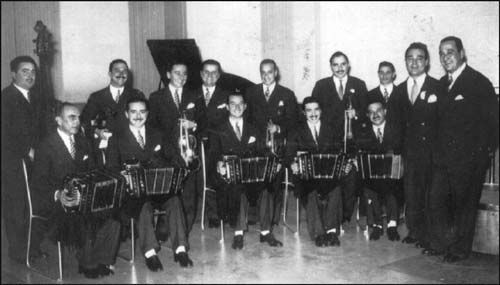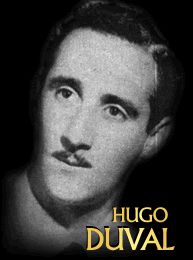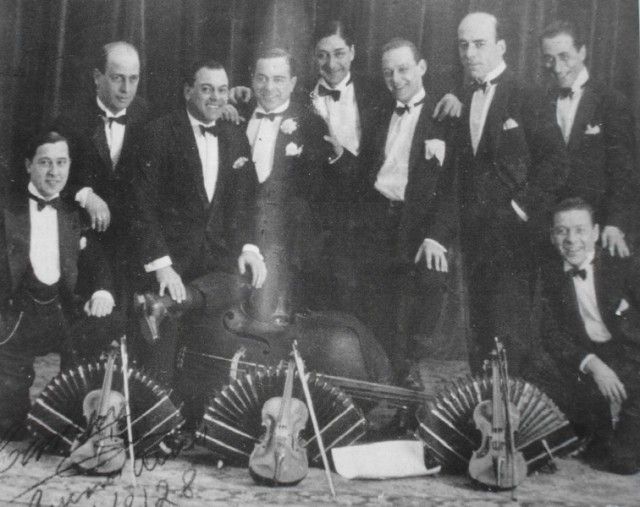“La abandoné y no sabía” by Ricardo Tanturi y su Orquesta Típica with Enrique Campos, 1944.
 José Canet
José Canet
Guitar player, leader, composer and lyricist
(December 15, 1915 – March 10, 1984)
Canet is the prototype of the classic tango guitarist, always ready to back with his guitar a tango vocalist.
His influences date back to the style of the players that accompanied Gardel, Magaldi, and Corsini.
He was one of the few guitarists who managed to stay away from Roberto Grela’s influence and create a major trend in tango. His style was deeply rooted and directly based on the classic guitar groups. On many of his performances, he added to the guitar trio or quartet other string instruments: contrabass, violins, and violoncello.
At age twelve, his vocation awakened when he heard Ignacio Corsini, and he was greatly struck by the guitar trio that backed the singer, which was lined up by Armando Pagés, Rosendo Pesoa, and Enrique Maciel.
By that time, he lived in the neighborhood of La Paternal and used to go fishing the Maldonado Creek with a friend a little older than him: Piero Hugo Bruno Fontana, who time later would become Hugo Del Carril. Continue reading at www.todotango.com...
Listen and buy:










